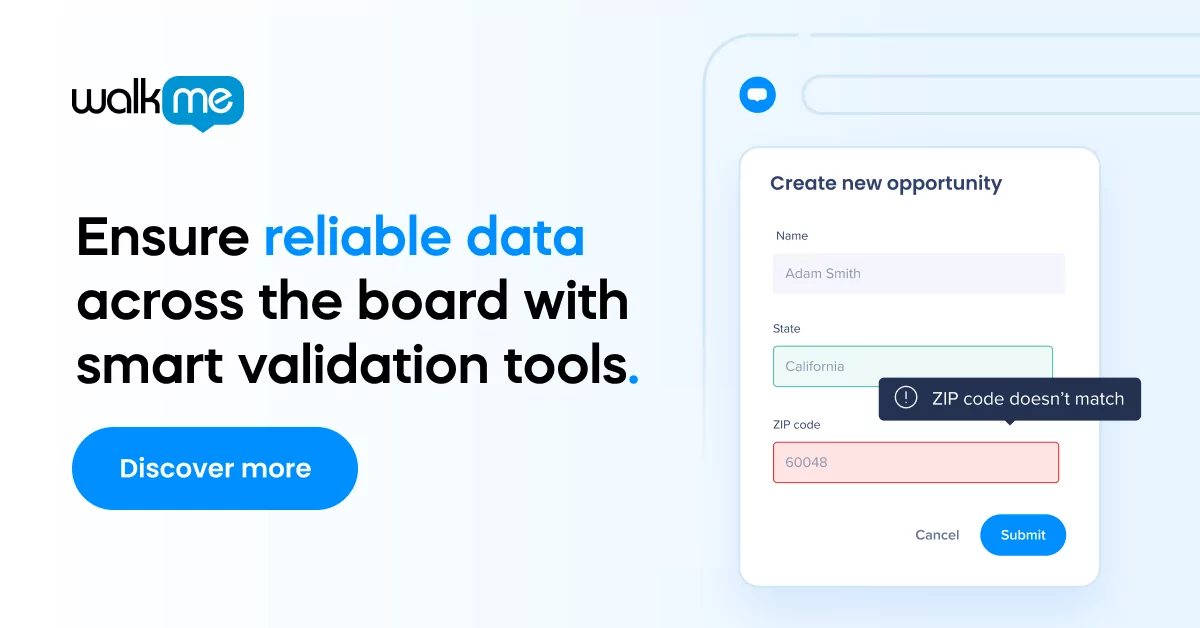IT operations (ITOps) is one of the foundational pillars in IT service management (ITSM), and its success depends on a number of factors. But one commonly overlooked element that can boost ITOps performance is the workforce.
Below, we’ll look at five ways to improve ITOps performance by modernizing the workplace and redesigning it for today’s digital-first world.
5 ways to simplify IT operations by reimagining the workforce environment
As digital technology changes the way we live and work, businesses must adapt and rethink the role that IT plays in their organization. Today, the digital transformation imperative has driven many organizations to integrate IT more deeply into business processes and organizational strategy.
One consequence of this trend is the increasing need not only for business-savvy IT leaders, but for a democratization of digital tools, digital skills, and IT functions. When the workforce has more digital dexterity ITOps teams can spend less time on mundane or repetitive operations tasks and instead stay focused on more strategic duties.
Here are a few ways to construct a workplace that both reduces the burden on ITOps teams and improves employee agility:
1. Construct a self-sufficient digital workplace
While it is helpful to hire employees with digital skills, there are new systems available that empower even those with a basic understanding of software.
The more self-sufficient employees can be, the easier it becomes to redistribute technical tasks to non-IT staff. This is especially true today when composable software enables non-technical personnel to build and automate workflows, receive technical support, and perform other tasks that may otherwise require assistance from IT teams.
In the process of adopting, leveraging, and scaling IT, the solutions you provide your employees can be just as important as the talent you hire.
Yet laying out the digital red carpet for your employees is only the beginning. It is equally important to proactively build new skills and train existing workers so they may expand their capabilities.
2. Train employees
Employee training has always been critical in any workplace, but it is more important today than ever.
Digital ecosystems are becoming increasingly complex, which means that employees must continually learn new tools and workflows.
To reduce the fragmentation that this produces, it is a good idea to invest in a training program that emphasizes areas such as the digital employee experience, simplicity, just-in-time information, and self-learning.
The more effective the training program, the more agile and adaptable the workforce will be.
3. Create a robust digital adoption program
Digital adoption, or utilizing technology to its fullest extent, should become embedded in the digital workplace.
Organizations regularly implement new software, so the more structured your adoption strategy is, the easier it will be to onboard, train, and support existing employees.
When employees use a digital adoption platform (DAP), such as WalkMe, they can access self-support features from anywhere in the world. In today’s remote workplace, functionality such as this can significantly improve software adoption, training, and support at any stage of the employee’s lifecycle.
By building an adoption program around a system that includes live data and visibility, ITOps teams can gain insight into employees’ software usage and, in turn, common issues that might crop up in everyday workflows.
4. Cultivate a digital-first culture of learning
All of the strategies mentioned above can help employees with the technical side of digital skills.
However, creating the right systems is only half the battle—creating the right attitudes and behaviors is the other.
At first glance, creating a digital-first culture among employees may seem far removed from the prerogative of ITOps teams. However, if the goal is to create a digitally savvy workforce that can alleviate ITOps workloads, enable organizational agility, and support business resilience, then culture should become a top priority.
Gartner has suggested several times that CIOs and IT leaders should be leaders of organizational culture change efforts. One reason for this is that culture can either enable digital business initiatives or hinder them. When employees are resistant to change, digital transformation becomes significantly more difficult.
5. Use data and analytics to measure objectives
We have looked at several ways a digitally savvy workforce can support IT operations, alleviate workloads, and, ultimately, create a workforce that is self-sufficient.
Yet when implementing these strategies—or any other business initiative for that matter—it is important to clearly define goals, set measurable objectives, assign metrics, and use data to track the performance of those objectives.
In the context of IT operations, IT teams can pick specific targets or tasks that they want to influence, such as reducing in-house technical support calls. They would then create a mechanism for change, such as using a DAP to automate training and technical support, while tracking and optimizing their efforts over time.
When you provide a seamless work environment for your employees, they can perform to the best of their abilities. Enable your workforce so that new technologies become an exciting prospect and not a burden.


